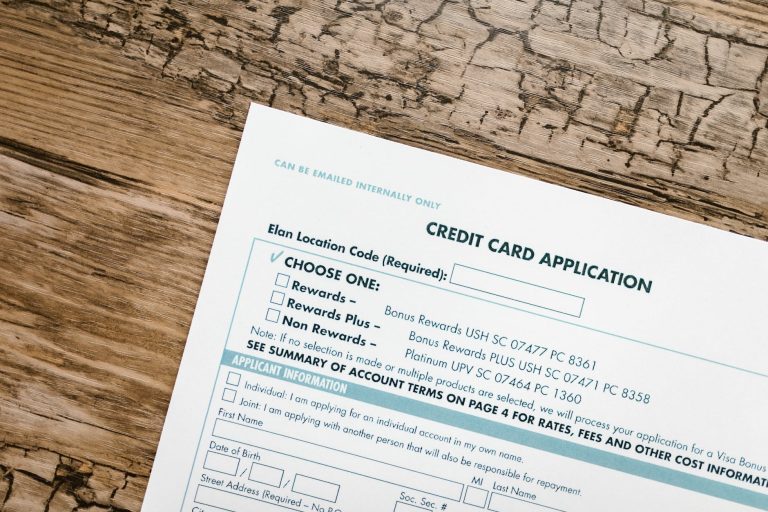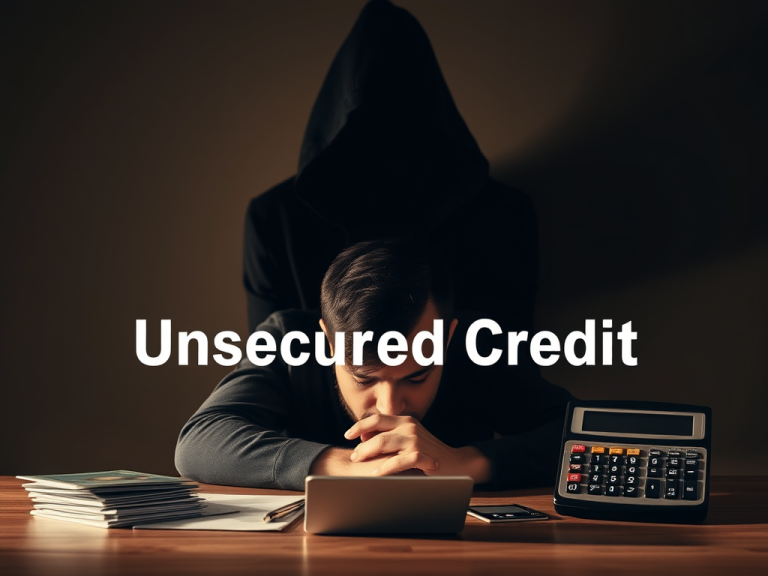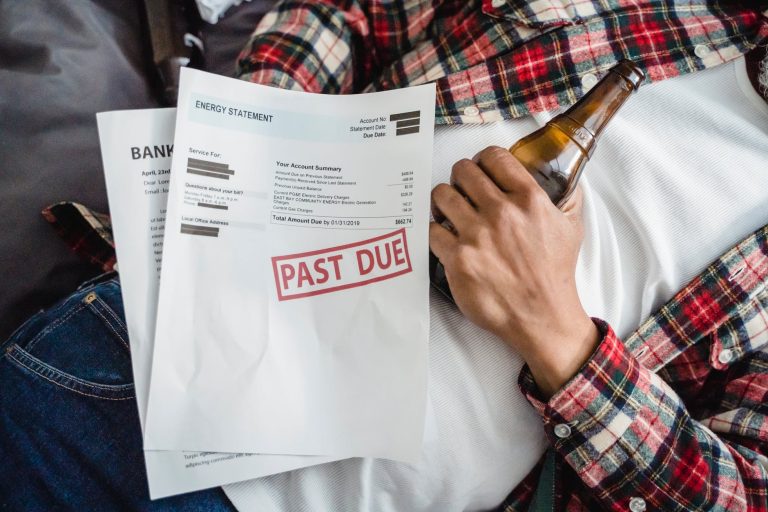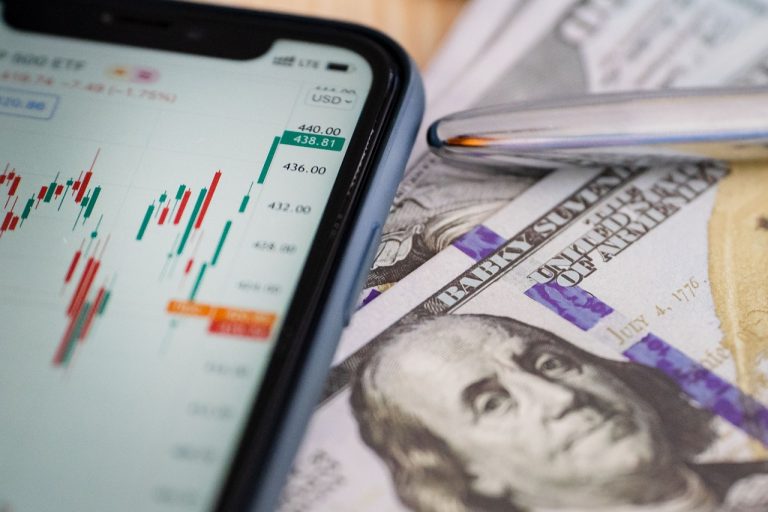Living Debt Free
Many people today believe that taking on debt is a necessary part of life. Whether it’s buying a home, financing a car, or covering daily expenses with credit cards, the idea of living debt-free often seems unrealistic. However, this belief is far from the truth.
A debt-free lifestyle is not just possible—it’s incredibly rewarding. Imagine a life where you don’t have to worry about monthly credit card bills, loans, or debt collectors. Instead, your money belongs to you, providing financial security and freedom to pursue what truly matters.
While avoiding debt requires discipline and a shift in mindset, the benefits far outweigh the sacrifices. Living within your means, budgeting wisely, and making informed financial choices can lead to a life of stability and peace of mind. This guide will provide you with the essential steps to achieving a debt-free lifestyle.
Understanding Debt and Its Consequences
Before embarking on a journey to debt-free living, it’s essential to understand the different types of debt and their impact.
Types of Debt:
- Consumer Debt – Credit cards, personal loans, and payday loans, often carrying high-interest rates.
- Student Loan Debt – Loans taken to finance education, sometimes lingering for decades.
- Mortgage Debt – Home loans, typically the largest financial obligation in a person’s life.
- Auto Loans – Financing for vehicles, which depreciate over time.
- Medical Debt – Bills from unexpected healthcare expenses.
- Business Debt – Loans taken to start or grow a business, which can be risky if not managed wisely.
The Hidden Costs of Debt
Debt is more than just a financial burden—it affects your overall well-being. Here’s how:
- Financial Strain: Interest payments can significantly reduce your disposable income.
- Emotional Stress: Constant worry about making payments can lead to anxiety and depression.
- Reduced Future Opportunities: Debt limits financial flexibility, making it harder to invest in opportunities like homeownership or retirement savings.
- Lower Credit Score: Late payments and high credit utilization can negatively impact your credit score, making it more difficult to secure loans in the future.
Understanding these consequences highlights the importance of adopting a proactive approach to financial management. Living debt-free means breaking free from these financial chains and gaining control over your money.
Shifting Your Mindset: The Foundation of Debt-Free Living
One of the biggest barriers to living debt-free is mindset. Many people associate financial success with luxury purchases, high-end lifestyles, and the ability to buy whatever they want. However, true financial success comes from stability, freedom, and peace of mind—not material possessions.
Key Mindset Shifts for Debt-Free Living
1. Prioritize Financial Freedom Over Instant Gratification
Modern consumer culture promotes the idea of “buy now, pay later,” but this mentality can trap you in a cycle of debt. Instead of financing unnecessary purchases, adopt the habit of saving for what you truly need and delaying gratification.
2. Embrace Frugality as a Strength, Not a Sacrifice
Living within your means doesn’t mean deprivation. It means making smart financial choices that allow you to enjoy life without the stress of debt. Many wealthy individuals practice frugal habits, understanding that financial security is more valuable than fleeting luxuries.
3. Shift from a Spending Mentality to an Investment Mentality
Instead of seeing money as something to spend, view it as a tool for financial growth. Prioritize investments in:
- Your future (retirement savings, emergency funds).
- Your skills (education, courses that increase your earning potential).
- Assets that appreciate (stocks, real estate, and businesses).
4. Redefine Success Beyond Material Possessions
Success isn’t about owning the latest gadgets, luxury cars, or designer clothes—it’s about having control over your finances. A debt-free lifestyle provides:
- More freedom to pursue your passions.
- Less stress and anxiety about money.
- Greater ability to support your family and contribute to meaningful causes.
By adopting these mindset shifts, you lay the foundation for a financially stable, debt-free life. Once you change your perspective on money, you’ll be ready to take the practical steps needed to achieve financial independence.

Creating a Budget and Sticking to It
A well-planned budget is the cornerstone of a debt-free lifestyle. Without a clear understanding of how much you earn and spend, it’s easy to fall into the trap of overspending and accumulating debt.
Step-by-Step Guide to Creating a Budget
1. Track Your Income and Expenses
Start by listing all sources of income, including your salary, side hustles, rental income, or any passive earnings. Next, track every expense—big or small—for at least a month to get a clear picture of where your money is going.
2. Categorize Your Expenses
Break down your expenses into the following categories:
- Essentials: Rent/mortgage, utilities, food, transportation, healthcare.
- Debt Payments: Credit card bills, student loans, personal loans.
- Savings & Investments: Emergency fund, retirement contributions, investment accounts.
- Discretionary Spending: Entertainment, dining out, shopping, hobbies.
3. Implement a Budgeting Rule
A simple budgeting method like the 50/30/20 rule can help structure your finances:
- 50% – Needs (housing, food, bills)
- 30% – Wants (entertainment, dining out)
- 20% – Savings and debt repayment
Alternatively, if you’re aggressively paying off debt, a 60/20/20 rule (60% needs, 20% debt repayment, 20% savings) may work better.
4. Set Spending Limits
Once you categorize expenses, set realistic spending limits for each category. Use budgeting apps like Mint, YNAB (You Need a Budget), or spreadsheets to keep track of your progress.
5. Adjust and Review Monthly
Your budget isn’t static—it should be reviewed and adjusted regularly based on life changes. Evaluate your progress at the end of each month and make tweaks where necessary.
Tips for Sticking to Your Budget
- Use Cash or Debit Cards: Avoid credit cards for discretionary purchases.
- Automate Savings and Payments: Set up auto-transfers for savings and bill payments.
- Track Every Expense: Small purchases add up—record them all.
- Give Yourself a Buffer: Unexpected expenses happen; build in some financial flexibility.
A solid budget will not only help you stay debt-free but also provide a clearer path toward long-term financial security.
Cutting Expenses Without Sacrificing Enjoyment
Many people assume that cutting expenses means living a dull, restrictive life. The truth is, you can significantly reduce your spending while still enjoying life. The key is to be strategic about where your money goes.
Practical Ways to Reduce Expenses
1. Lower Your Housing Costs
- Downsize to a smaller home or apartment if possible.
- Consider renting out a room or using Airbnb to generate extra income.
- Refinance your mortgage to secure a lower interest rate.
2. Save on Food and Dining
- Meal plan and cook at home instead of eating out.
- Buy groceries in bulk and use coupons or cashback apps.
- Limit takeout and make dining out an occasional treat rather than a habit.
3. Cut Transportation Costs
- Use public transportation, carpool, or bike instead of driving.
- If you own multiple vehicles, consider selling one.
- Shop around for lower car insurance rates.
4. Reduce Utility Bills
- Turn off lights and unplug appliances when not in use.
- Use energy-efficient bulbs and appliances.
- Negotiate better rates with service providers (internet, phone, cable).
5. Eliminate Unnecessary Subscriptions
- Audit your subscriptions (streaming services, gym memberships, magazine subscriptions) and cancel what you don’t need.
- Consider sharing streaming services with family members.
Enjoy Life While Saving Money
- Look for Free Entertainment: Parks, community events, free museum days.
- DIY Instead of Paying for Services: Home repairs, lawn care, even minor car maintenance.
- Use Cashback and Reward Programs: Earn rewards on necessary purchases.
By cutting costs in these areas, you free up more money to pay off debt and build financial stability without feeling deprived.
Paying Off Existing Debt Efficiently
If you already have debt, the next step is to eliminate it as quickly and efficiently as possible. The longer you carry debt, the more you pay in interest, and the harder it becomes to achieve financial freedom.
Choosing a Debt Repayment Strategy
1. The Snowball Method (Best for Motivation)
- List all your debts from smallest to largest.
- Pay the minimum on all debts except the smallest one.
- Put extra money toward paying off the smallest debt first.
- Once that debt is paid, roll the payment amount into the next smallest debt.
- Continue until all debts are paid off.
Why it works: Seeing small wins early keeps you motivated.
2. The Avalanche Method (Best for Saving Money)
- List debts from highest to lowest interest rate.
- Pay the minimum on all debts except the one with the highest interest.
- Put all extra funds toward the highest-interest debt.
- Once paid off, move to the next highest-interest debt.
Why it works: You save more on interest over time.
3. Debt Consolidation (Best for Simplifying Payments)
- If you have multiple high-interest debts, consider consolidating them into a single lower-interest loan.
- This reduces the number of payments you need to track and can lower your interest rate.
Additional Debt-Repayment Tips
- Make Extra Payments Whenever Possible – Even an additional $50 per month can shorten your debt payoff time.
- Negotiate Lower Interest Rates – Call your credit card company or lender and ask for a rate reduction.
- Avoid New Debt – Stop using credit cards and avoid unnecessary loans.
- Earn Extra Income for Debt Repayment – Consider a side hustle or freelancing to accelerate your debt payments.
The sooner you eliminate debt, the sooner you can start building real wealth and financial security.
Saving and Building an Emergency Fund
One of the biggest reasons people fall into debt is unexpected expenses. Whether it’s a medical emergency, car repair, or sudden job loss, these financial shocks can be devastating if you’re not prepared. An emergency fund acts as a financial safety net, allowing you to cover unexpected costs without resorting to debt.
How Much Should You Save?
Financial experts recommend having 3 to 6 months’ worth of essential expenses in your emergency fund. However, if you’re starting from zero, begin with a smaller goal, such as saving $1,000 as quickly as possible.
Steps to Build Your Emergency Fund
1. Set a Realistic Savings Goal
- Calculate your monthly expenses and multiply them by 3-6 months to determine your target.
- If you have debt, save at least $1,000 before aggressively paying it off.
2. Open a Separate Savings Account
- Keep your emergency fund in a high-yield savings account where it’s accessible but not easy to spend.
- Avoid mixing it with your regular checking account.
3. Automate Your Savings
- Set up an automatic transfer from your paycheck to your emergency fund.
- Even $25–$50 per week adds up over time.
4. Cut Unnecessary Expenses to Save Faster
- Redirect money from unused subscriptions, dining out, or luxury expenses into savings.
- Use windfalls like tax refunds, bonuses, or side hustle income to boost your fund.
When to Use Your Emergency Fund
Only tap into your emergency fund for true financial emergencies, such as:
✔ Medical bills
✔ Car or home repairs
✔ Job loss
✔ Unexpected travel for family emergencies
Avoid using it for shopping, vacations, or non-essential purchases—otherwise, you risk falling back into debt.
Earning More to Stay Debt-Free
Cutting expenses is important, but increasing your income is the fastest way to financial freedom. If you can earn more, you can pay off debt faster, save more, and enjoy a higher quality of life.
Ways to Increase Your Income
1. Negotiate a Raise or Find a Higher-Paying Job
- Research salary trends for your industry and negotiate a raise if you’re underpaid.
- Consider switching jobs or industries if there’s a better-paying opportunity.
2. Start a Side Hustle
- Freelancing (writing, graphic design, programming, consulting).
- Selling products online (Etsy, eBay, Amazon, Shopify).
- Driving for rideshare services (Uber, Lyft) or delivering food (DoorDash, Instacart).
- Offering tutoring or teaching online courses.
3. Monetize a Skill or Hobby
- If you have a hobby like photography, baking, or crafting, consider turning it into a source of income.
- Websites like Upwork, Fiverr, and Teachable make it easy to sell your skills.
4. Invest in Passive Income Streams
- Real estate (renting out properties or Airbnb).
- Dividend stocks or index funds.
- Writing a book or creating an online course.
The Key to Financial Growth
Once you start making extra money, don’t increase your spending—use it wisely!
- Pay off debt faster.
- Build your savings and investments.
- Reinvest in yourself (courses, certifications, business expansion).
If you focus on both cutting expenses and earning more, financial freedom becomes much more attainable.
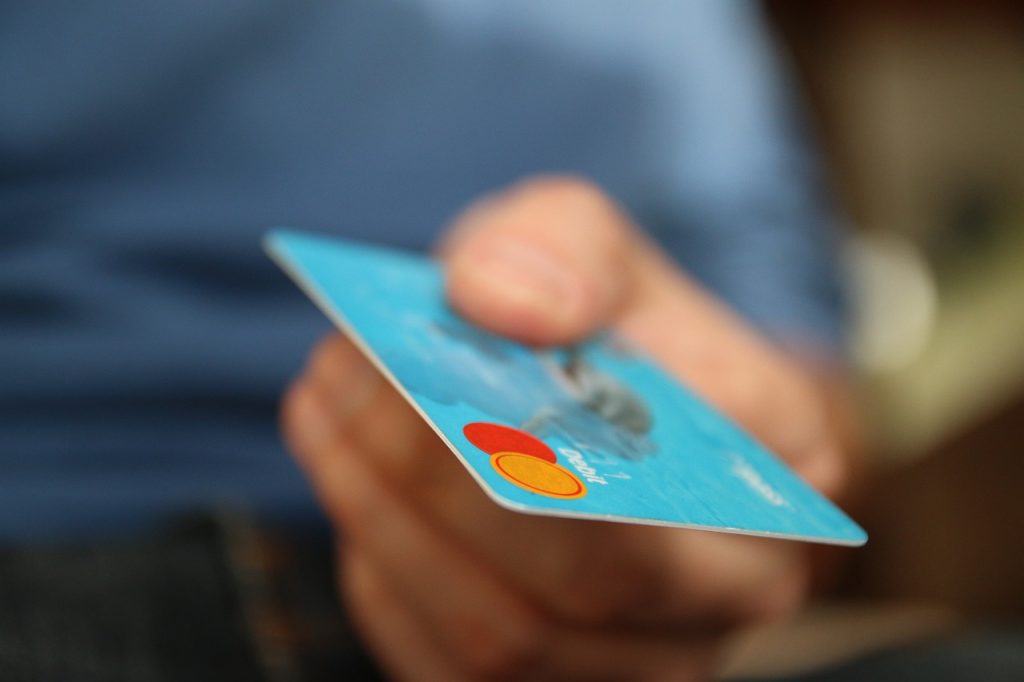
Smart Use of Credit (If Necessary)
Credit isn’t inherently bad—when used wisely, it can help build your financial reputation and even provide rewards. However, misusing credit is one of the quickest ways to fall back into debt.
When Should You Use Credit?
- For planned purchases you can pay off immediately (e.g., monthly bills, gas, groceries).
- To build credit responsibly (keeping balances low and paying in full).
- For emergencies if you have no other option (but always repay quickly).
Rules for Using Credit Wisely
1. Always Pay Your Balance in Full
Carrying a balance from month to month leads to high-interest charges. Make it a habit to pay off your credit card in full every month.
2. Keep Credit Utilization Below 30%
Your credit utilization ratio (how much of your credit limit you’re using) should be low—ideally under 30%. This improves your credit score and keeps debt manageable.
3. Avoid Using Credit for Non-Essentials
Luxury purchases, vacations, and impulse buys should never be charged to credit unless you can pay it off immediately.
4. Choose the Right Credit Card
If you’re going to use credit, choose a cash-back or rewards card that offers benefits without an annual fee.
5. Never Take on Debt for Lifestyle Inflation
As your income grows, don’t increase your spending just because you can. Stay disciplined, save more, and avoid financing a lifestyle you can’t afford.
By using credit responsibly, you can maintain a good credit score without falling into financial traps.
Staying Motivated and Debt-Free for Life
Achieving debt-free status is a major accomplishment, but staying debt-free requires long-term commitment and smart financial habits. The key is maintaining discipline and keeping financial goals in focus.
How to Stay Motivated on Your Debt-Free Journey
1. Set Clear Financial Goals
- Saving for a home or investment property.
- Building a retirement fund.
- Traveling without going into debt.
- Creating generational wealth.
Having a clear reason to stay debt-free keeps you focused and reduces the temptation to overspend.
2. Celebrate Small Wins
Each financial milestone—whether it’s saving your first $5,000 or going an entire year without debt—deserves recognition. Celebrate responsibly by rewarding yourself in budget-friendly ways (a weekend getaway, a nice dinner, or a fun experience).
3. Find an Accountability Partner
- Share your financial goals with a trusted friend or family member.
- Join an online financial community (like Reddit’s r/personalfinance or Facebook groups for debt-free living).
- Consider working with a financial coach to keep you on track.
4. Keep Learning About Personal Finance
- Read books like Your Money or Your Life by Vicki Robin or The Total Money Makeover by Dave Ramsey.
- Listen to finance podcasts like The Dave Ramsey Show or ChooseFI.
- Follow finance blogs or YouTube channels focused on smart money management.
The more you educate yourself, the better your financial decisions will be.
5. Avoid Lifestyle Inflation
When you start making more money, it’s easy to justify buying a new car, upgrading your home, or spending more on luxuries. But these choices can lead you back into debt. Instead:
- Keep living like you’re still paying off debt.
- Invest extra money instead of spending it.
- Stay focused on long-term financial independence.
Conclusion
Living debt-free is not just a financial goal—it’s a lifestyle choice that leads to greater peace of mind, financial security, and personal freedom. While it may require discipline, sacrifices, and a shift in mindset, the benefits far outweigh the challenges.
Key Takeaways
✔ Budgeting is essential—track your income and expenses diligently.
✔ Cut unnecessary expenses while still enjoying life.
✔ Prioritize paying off debt using effective strategies like the snowball or avalanche method.
✔ Build an emergency fund to avoid falling back into debt.
✔ Find ways to increase income through side hustles, raises, and investments.
✔ Use credit wisely to maintain financial stability.
✔ Stay motivated by setting financial goals and celebrating small victories.
By following these principles, you can achieve and maintain a debt-free lifestyle, unlocking true financial freedom.
Are you ready to take control of your finances? Start today by creating a budget, identifying areas to cut costs, and setting a realistic debt payoff goal. The path to financial freedom starts with a single step—take yours now!
© 2015-2023 by burdenofdebt.com, a LIVenture. All rights reserved. No part of this document may be reproduced or transmitted in any form or by any means, electronic, mechanical, photocopying, recording, or otherwise, without prior written permission of LiVentures LLC.(Updated on 2/21/25)



